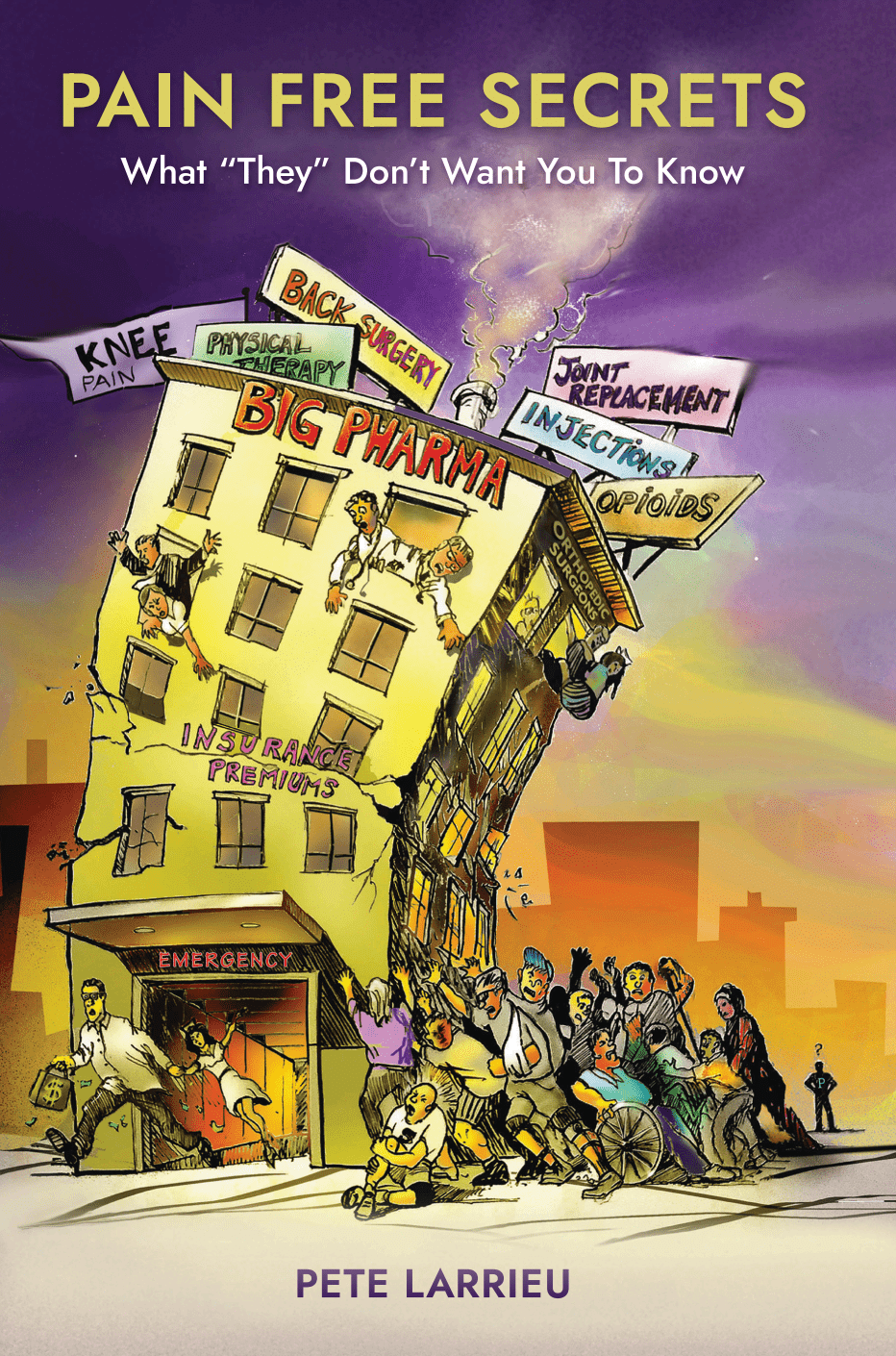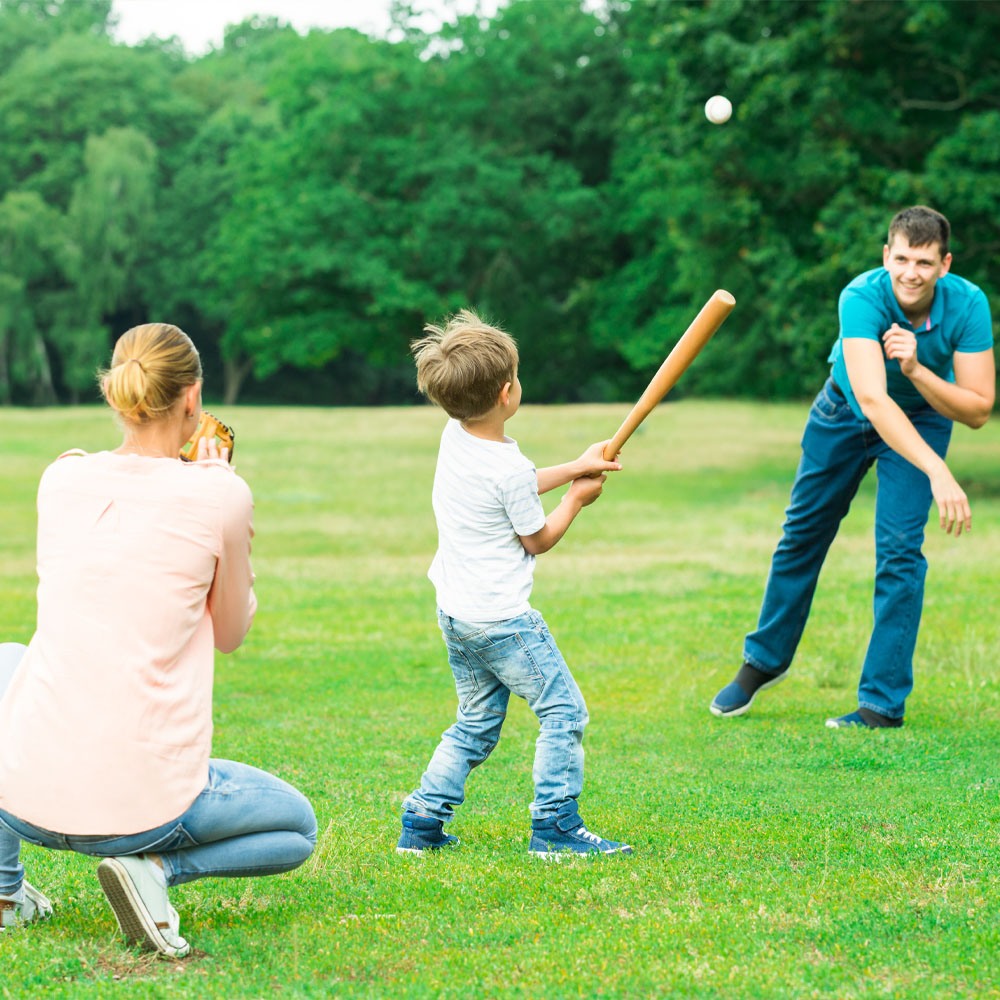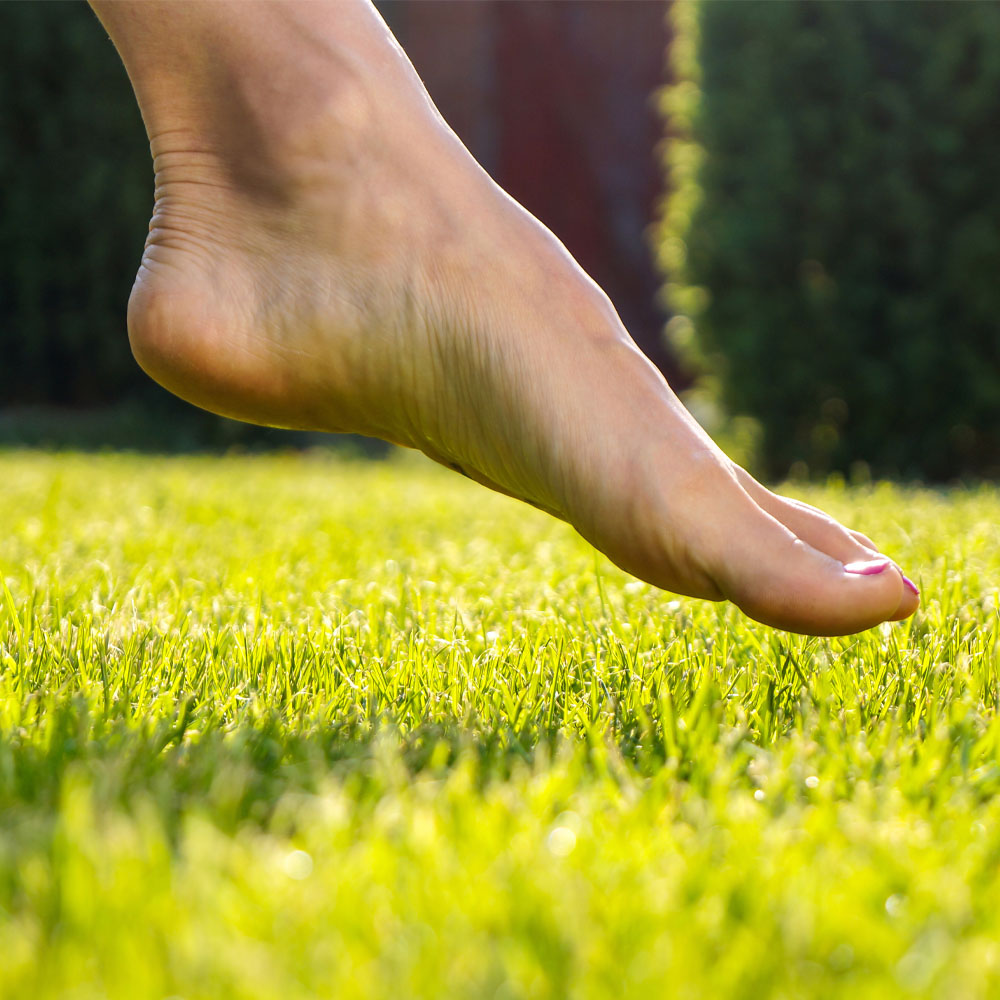“Pain Free SECRETS”
What “THEY” don’t want you to know
(This Video)


The Hips
Hip replacements are in epidemic proportions today!
We are finding an alarming percentage of the “Baby Boomer” population and even younger needing hip replacement surgery because they have worn out their hip joint. This seems very odd to me because, as a Baby Boomer myself, I don’t remember ever seeing any of the adults hobbling around. Although we didn’t have hip replacements back then, we just didn’t need them! If you could magically remove all of the hip replacements and knee replacements today, you would see a good percentage of the population not only hobbling around, but many would be in wheelchairs. With proper realignment, hip replacements may be avoided.
Now here’s the question: What has changed between now and then?
There is one major thing that has changed. Most people now sit for sixteen hours a day, and the body is just not designed to do that! We sit at desks, in cars, and on chairs and sofas, all of which are designed to contour our hips into the wrong position. While we sit, we are often hunched over laptops, Tablets, cell phones, video games, and 500 channels of wasteland Television as well. As a result, we lean over, favoring one side of our body or the other. This process of leaning over can affect our hips. If you have hip problems, let us help!
Hours upon hours of leaning to one side or the other will cause an elevated and rotated pelvic girdle position.
Anatomical Imbalances Lead to Hip Injury
This poor anatomical position changes the hip joint (ball and socket) for the worse. Dysfunctional sports such as tennis, golf, soccer, volleyball, which are all one-way, one-sided sports, also contribute to this pelvic girdle misalignment. In addition, many people engage in improper and dysfunctional training methods using poorly designed machines and other props. The result is an out-of-position ball and socket joint, which wears away the cartilage. Remember: cartilage was meant to last a lifetime. If you are experiencing pain, contact us today!
Proper Hip Alignment is Important!
It is impossible to have the proper ball and socket hip position with an elevated and rotated pelvic girdle while standing on both feet. Something has to give, and that something is your hip joint! You will, slowly but surely, grind away the cartilage. It can take many years or even decades, but just like sand running through an hourglass, the worn-out hip joint will surely come! Unfortunately, replacing the joint will not correct the original issue. The deep structural muscles will not have been addressed. Even after hip replacement surgery, the pelvic girdle will still be elevated and rotated and will continue to cause damage in your other hip joint and knee joints. This is why the majority of people who get a hip replacement will, in time, need another hip replacement or a knee replacement. All hip joint injuries and wear and tear are caused by the poor position of the hip joint. Don’t be in pain. Contact us today!
The answer is to intelligently, purposefully, and systematically change the hip joint position and restore the overall skeletal position. This can only be done by using the deep structural muscles.
The “Shorter Leg” Theory
Most orthopedic surgeons, chiropractors, massage therapists, and other practitioners will tell you that one leg is shorter than the other. Patients have even brought me their x-rays from their Orthopedic Surgeon who told them one leg was shorter. But, once I take a look, it is clear in the x-ray that they actually have an elevated pelvic position (one side higher than the other). For some reason, most of these professionals have confused an elevated pelvis for a leg being shorter.
Are there actually people with a shorter leg? YES. In over 40,000 sessions I have met six people that have a shorter leg. I have a special technique to measure this accurately. In this case, and only this case, you would need to wear a “lift” in your shoe on the side that is shorter which will prevent and correct the true imbalance that exists.
Anybody with this “shorter Leg” diagnosis who walks into my clinic will walk out with a level pelvic position every time without me even touching the Patient.
Remember: if someone is working on you, you will never be fixed!
Some Common Hip Joint Conditions:
Tendinitis is the inflammation of the tendon due to stress on the tendons of the hip joint caused by poor position and function.
Hip Impingement is caused by the ball and socket of the hip joint being out of its proper position.
Arthritis develops when the hip joint is not in its intended position and begins to wear out the cartilage in the joint. This is what we call an arthritic hip.
Degenerative Hip Disease is simply the advanced condition of the arthritic hip.
Torn labrum can occur when the hip joint is stressed and in the wrong position. The labrum is the lining of the hip socket. It can be torn or frayed by the poor position of the joint itself.
Bone Spurs are formed from friction created when parts of the hip joint rub improperly. The friction can occur between two bones, the tendons and bones, the muscles, and bones, or between ligaments and bone. Since we know it is the poor position that causes this friction, if you change the position of the joint and stop the friction, the bone spurs will most likely dissolve and restore the joint.
Degenerative Joint Disease occurs when advanced arthritis starts to break down the actual bones of the joint.
There are many reasons as to why you could be experiencing pain in your hip joints. Find out why!
Start your journey
We help you rebuild your body and correct your spinal alignment, resulting in unlimited positive changes to your health. We are here to improve your life — Make an appointment with our office today.
Pete’s Blog

08/28/2020
Regular exercise for your feet >>

08/28/2020
Regular exercise for your feet >>

08/28/2020
Regular exercise for your feet >>

08/28/2020
Regular exercise for your feet >>




